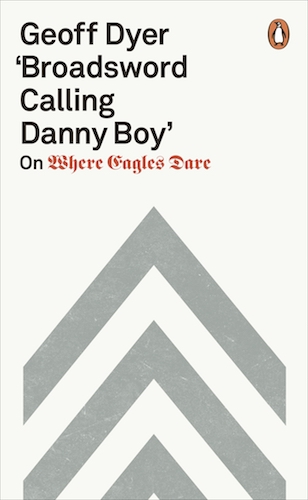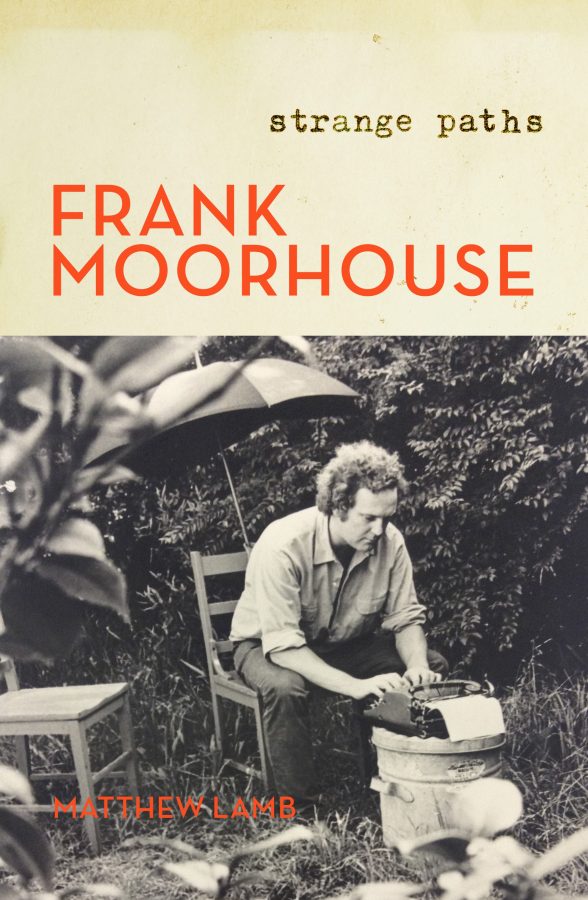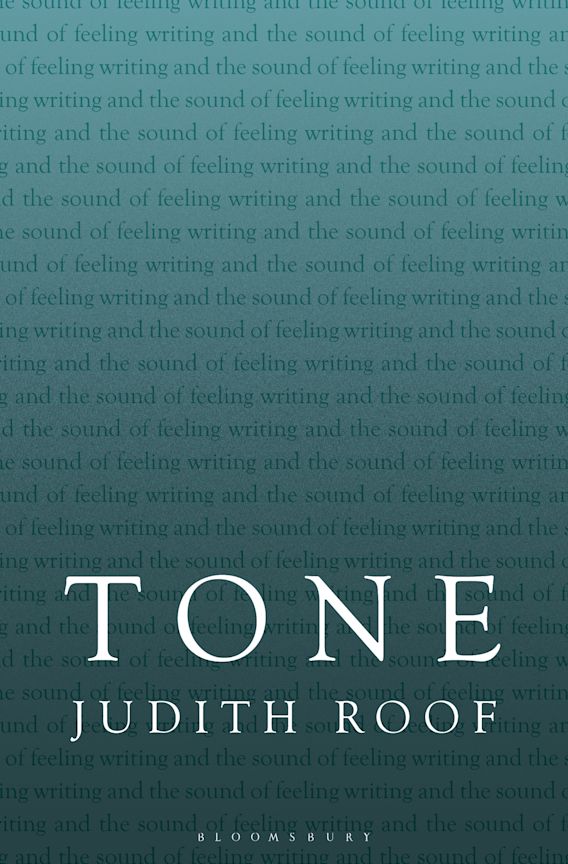About a quarter of the way through Zona (2012), Geoff Dyer’s book dedicated to describing Andrei Tarkovsky’s 1979 masterpiece, Stalker, Dyer muses on several sequences from Lars Von Trier’s Antichrist that he reads as tributes to Tarkovsky. But he doesn’t like Antichrist. It’s ‘repellent and silly – a waste,’ he explains. ‘Antichrist is daft in the way all horror films are daft, especially when seen beside the routine horrors of modern life.’ In his follow-up to Zona, Broadsword Calling Danny Boy – a book dedicated to describing the 1968 Clint Eastwood-Richard Burton War-Heist-Spy classic Where Eagles Dare – Dyer remarks in a footnote that ‘Explosions in film are always a bore.’
There are two ways to interpret this type of generalisation. The first is to relish it, to presume that it’s a claim to be contended with and that the clarity and vigour of Dyer’s conviction entails a playful, if forceful, invitation to dispute. A reader who takes up Dyer’s sweeping challenges as invitations to concur or protest may find themselves in joyful, combative conversation with him. He’s goading you and that’s the pleasure.
The second interpretation is that the claims are insufferable and Dyer is arrogantly sermonising. From this perspective, rather than constituting invitations, these declarations reject the reader’s judgement. In dismissing horror films, you might say, Dyer is revealing his unfamiliarity with one of the significant genres of cinema and doesn’t comprehend the source of its power. (The best horror films do, in fact, articulate the routine horrors of modern life in a form that shocks us into focusing on the ordinary, illuminating the detail of its terrors: e.g. motherhood in The Babadook, pregnancy and neighbourly relations in Rosemary’s Baby, birds in The Birds.) With respect to the author’s disdain for explosions, my six-year-old self, having undergone a dramatic spiritual transformation upon witnessing the climactic scenes of Star Wars Episode IV: A New Hope, would disagree. The Death Star’s fiery disintegration surely ranks among the most thrilling cathartic moments in film history.
The side you take, interpreting Dyer’s tone as either conversational or hectoring, determines how you’ll feel about Broadsword. And how you feel about Broadsword depends on how you feel about Dyer because ‘This book,’ he discloses at its end, ‘is a chapter from an autobiography.’ The same is true of Zona (In form and style the books are almost identical). This essay is informed by my not knowing which side to take.
When I say that Broadsword is dedicated to describing Where Eagles Dare, I mean it. The book details each scene’s mechanics, its organising principle is plot exposition. It’s as if an electro-magnetic pulse, fine-tuned to wipe out all cinema, had shimmered across the globe, erasing the hard drives and reels. All that remains, in this post-movie world, are Dyer’s memories and his loquacity. The first question that occurs on picking up this book, however, is not ‘What is it for?’ but ‘Who is it for?’ People who’ve seen the film? People who need to be introduced to the film? Fans of the film? The yet-to-be-converted? It is, it turns out, for people who like Geoff Dyer, readers who’ve enjoyed his voice and want more of it.
In his essay, ‘The autobiographical pact,’ French literary theorist Phillipe LeJeune writes that
For the reader, who does not know the real person, all the while believing in his existence, the author is defined as a person capable of producing this discourse, and so he imagines what he is like from what he produces.
This may seem obvious, but millions of words of literary scholarship have been written about the triangular relationship between author, text, and reader, and I’ve rarely seen it expressed so simply. Reading Broadsword, we imagine Dyer next to us on the couch, beer in hand, expounding upon every thought that occurs to him while we try to enjoy the film.
Here are some other things that reading Broadsword is like, and why your response to the book rides on whether you find Dyer charming:
• Reading the book without having seen Where Eagles Dare would resemble having a man at a bar, sufficiently sauced to be oblivious to social cues, demand to know whether you’ve seen his favourite film and interpreting your ‘no’ as an invitation to tell you all about it.
• Reading the book having seen the film resembles encountering the same man who’s now become too drunkenly thrilled by his monologue’s momentum to register your gentle attempts to let him know that actually you are familiar with the plot.
• The genre it most resembles is the director’s commentary. And Broadsword, the 118-page book (with generously spaced text) can be read in far less time than it takes to watch its 155-minute subject, so you could conceivably have someone read it to you as the film played.
• Its aesthetic also recalls that of video game streaming, in which viewers watch a jovial cipher narrate and riff on the fun their audience is not having.
What each reader will make of their particular encounter with Dyer is so entirely dependent on individual preference that it sets up a number of compelling questions about the relation between art, criticism, and experience that I plan to address later in this review. But enough of the author. What of the book? What about the practical matter of reading this light-hearted formal experiment?
All sequels, spiritual or otherwise, refigure their predecessors, and Broadsword transforms Zona from singular curiosity into the inauguration of a form. (On Broadsword’s final page, Dyer suggests a potential third point on the graph: a book on John Boorman’s Point Blank.) And, where Broadsword on its own might have seemed a momentary distraction from more serious writerly matters, its status as follow-up to a book about one of the grim classics of modern cinema lends it gravity. What was an anomaly now becomes something that Dyer does, and what he’s doing is taking cinema seriously by paying attention to the messy and personal experience of watching.
What links Stalker and Broadsword? Zona is a canonical Russian arthouse film about three men who undertake a perilous journey to a mysterious room, in which people are said to encounter their innermost desires, and which lies at the heart of the mysterious Zone – a wasteland evocative of Chernobyl despite being filmed years before the disaster – under alarmingly elaborate military protection. The film is rife with menace, allegory, and dark beauty, and is routinely cited as one of the great cinematic achievements.
Where Eagles Dare, on the other hand, is a lark, acclaimed for different reasons. It is apparently Stephen Spielberg’s favourite war film and was a key reference for Inglourious Basterds. It’s a seams-bursting dose of action-adventure with plot holes so wide that the hulking red getaway bus facilitating the movie’s climax could be effortlessly driven through them. (I might be stealing this joke from Dyer, but I honestly cannot remember and do not want to double check.)
The film vibrates with a masculine bravado that Dyer attempts to both recreate and ironise. Its premise? An elite hand-picked group of allied commandoes is parachuted into a German snowscape in order to infiltrate a medieval castle – perched evilly on a mountain peak and serving as an absurdly well-protected Nazi fortress – to rescue a British captive. But the film’s premise is secondary to any excuse for Eastwood to stand louchely in dark corridors, expending his infinite ammunition on Nazis whose only function is to die as theatrically as possible, and permitting Burton to reveal, as the plot twists recursively, that whatever just happened was, in fact, his plan all along.
Dyer does think that both Stalker and Where Eagles Dare are good movies, but that’s not especially important (although it’s refreshing that Dyer does not adjust his intensity of veneration based on the height of the brow). What is important is that they’re both subjects of a powerful emotional attachment on Dyer’s part, and the author makes no effort to separate the devotion generated by personal experience from the traditional distanced reverence of critical evaluation. Dyer’s dismissal of the conventional boundaries separating criticism and devotion is one of the two distinguishing characteristics of this book. The other is that it’s structured to remind us of the complex intersection of knowledge and experience – our familiarity with the actors, the director, the history of cinema, however we first encountered the movie along with its influences – that shapes how we watch any film, how we believe in and attach to it.
Dyer’s approach to essay-writing (vernacular, ornery, wry, self-deprecating, sometimes genuinely funny) is particularly well-suited to this exercise. He flexes and ripples his essayistic muscles so extravagantly that he seems to parody Adorno’s claim that the essay form is characterised by ‘think[ing] in fragments, just as reality is fragmentary, and finds its unity in and through the breaks and not by glossing them over.’ The book’s merit resides in its digressions and this is because Dyer, whatever you think of him (whichever side you’re on), is a virtuosic observer of how art works (including his own). As well as refusing to treat whatever baggage the viewer brings to the party as a contaminant to be delicately skimmed from the admixture of criticism, Broadsword gleefully discards the convention of separating the fiction and the film-making.
Clearly infatuated by the movie star machismo on display, Dyer conflates the dour leading men with the characters they play, referring to Major John Smith and Lieutenant Morris Schaffer almost exclusively as Burton and Eastwood. He speculates as to whether Burton calling Eastwood a punk perhaps ‘puts an idea in [Eastwood’s] head that he’ll store away and use, years later, in Dirty Harry’. On Burton’s introduction, Dyer writes that he’s ‘looking anxious because he has money worries of the kind that people who aren’t weighed down by vast quantities of cash cannot begin to understand.’ On Major Smith heroically scaling the stone wall of the Nazi castle, Dyer explains that ‘Burton is wiped out by the climb, even if it had actually been ridiculously easy; hauled up by a crane, he was required only to grimace.’
Dyer knows that this is how we watch films. The quality of entering a cinema is magical but not so magical that we forget we’ve ever encountered Michelle Williams or Tom Hardy or Tilda Swinton. Rather, how we receive them is shaped by their previous performances, by who we think they might be outside the fiction. Emerging from the cinema, we often speak of the logistical nous with which a particular cinematic feat was executed, making no distinction in our assessment between the quality of the fictional world and the brilliance (or otherwise) of its manufacture. Again, you’ll likely find Dyer’s amiable acceptance of this fact – and his incorporation of it into his commentary – either invigorating or tiresome.
Dyer himself makes sporadic appearances in which he intercuts the film with episodes from his personal history (none, thank God, is as unsettling as the extended aside in Zona in which he describes his greatest regret as being a long past narrowly missed opportunity for a threesome). In one such instance, he tells us that whenever he happens across Where Eagles Dare while channel-surfing, he ‘always’ encounters the same scene, in which Burton’s in a woodshed, instructing two beautiful women on how to execute their roles in the military operation. Dyer suggests a number of possible reasons for this unnerving coincidence, one being that ‘only this fragment of the film is ever broadcast.’ This mystical possibility is entirely compatible with the universe Dyer creates in Broadsword; the reader is reminded, not for the first time, that the author’s foremost concern is not explaining why Where Eagles Dare is a good film, but reproducing the inexpressible sensation of knowing for sure that he loves Where Eagles Dare and that nobody could change his mind. This is because, for personal reasons, Dyer is on its side.
What space should a writer leave for a reader? If a critic interprets too vigorously do they risk leaving nothing for their audience to do? Or is vigorous interpretation a way of making the reader see things they wouldn’t otherwise perceive, enabling their transcendence to new planes of artistic experience? There are, of course, no rules about this. Like each conversation, each artistic encounter is distinct.
In ‘Against Interpretation’ Susan Sontag famously called for an erotics, rather than a hermeneutics, of art, where critics would spend less time trying to unearth meaning and more time attending to experience. Dyer does not provide a hermeneutics or an erotics but something like an enthusiasm. Broadsword can feel unnerving because Dyer conveys his zeal by foregrounding his own character, the white hot locus of that zeal. While not always loving it, I do think there’s a place for this kind of unchecked fervour in writing about art, in writing about the objects we love.
In recent years, Rita Felski’s thinking about the role of critique in literary studies has gained momentum. She recommends a demotion of suspicion from the guiding light of scholarship (Felski does not call for the extinguishing of suspicion, but rather suggests that critics consider it another tool in their hermeneutic toolbox, suited for particular tasks rather than all tasks). Critics, she argues, should become better at articulating the artistic significance of the kinds of affects and demeanours that literary studies has dismissed as being trivial or superficial, such as enchantment, shock, and recognition. Felski’s work responds to Bruno Latour’s request that the critic to become ‘not the one who debunks but the one who assembles,’ and Eve Sedgwick’s argument for developing a method she refers to as reparative reading, where one puts aside pessimism and looks to find pleasure.
Where these academics have used the fastidious needlepoint of scholarship to map out a possible escape from the constant debunking that so much discussion of art entails, Dyer’s approach is closer Jackson Pollock’s, but it has something of their spirit.
Broadsword is most beautiful when encapsulating the nourishing intimacy we experience when watching a beloved film. Dyer doesn’t know the nature of our loves. But in sharing one of his loves, in piecing it out, he provokes us to consider our own and their particular value, together with the wealth of others that belong to those around us. Perhaps the exclusivity – the determined narrowness – of this book is too much like the Nazi fortress or the Zone; impenetrable. But Dyer points out that, of course, in the language of cinema, the confident assertion of a location’s impenetrability always signals the opposite.
Here’s another startling personal aside from Zona:
Maybe by going to the Zone he’ll be rejuvenated. Man, I know how he feels. I could do with a piece of that action myself. I mean, do you think I would be spending my time summarizing the action of a film almost devoid of action—not frame by frame, perhaps, but certainly take by take—if I was capable of writing anything else? In my way I am going to the Room—following these three to the Room—to save myself.
What, indeed, can we do with our own astonishment at the glory of an artwork and our relationship with it other than trace it to its particular end? To worship, evaluate, and try to describe it. To read Broadsword (or Zona) is to be immersed in the author’s utterly distinct attachment, an attachment he makes no effort to universalise. Why would you want to read such a book? You tell me.






